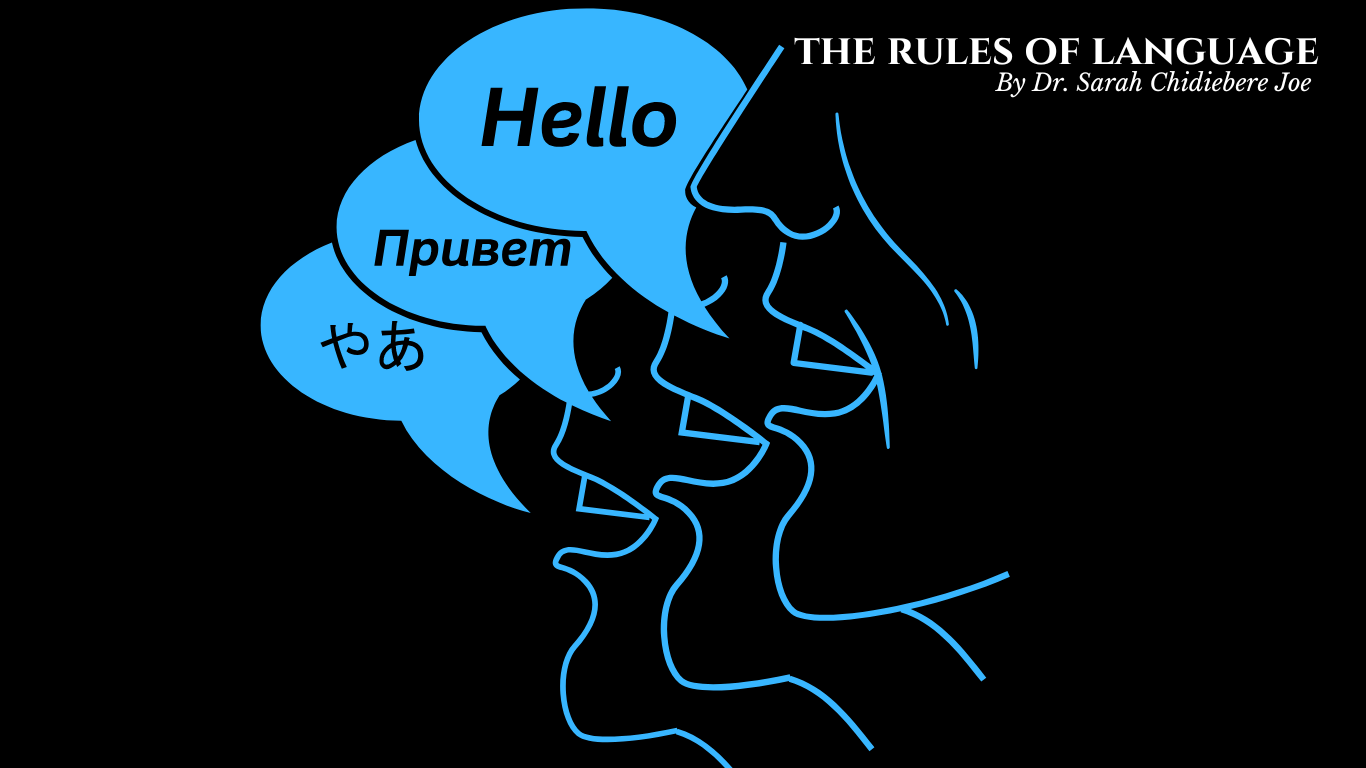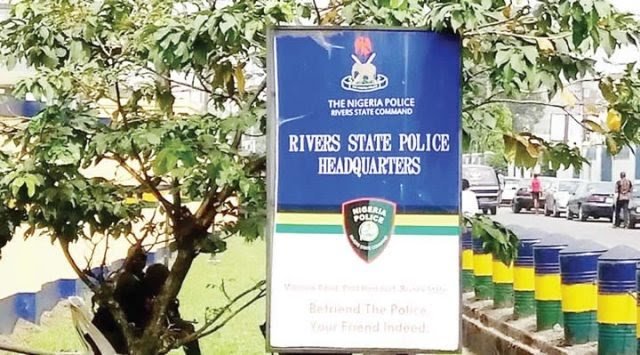Dr Sarah Chidiebere Joe
What is News? News is the factual report of an event; a report about recent happenings on newspaper, radio, television and the internet. News is a timely account of a recent, interesting and significant event.
So many events take place on an average day. While others go about their activities and jobs, it is the journalist, whose duty it is to retrieve, sort out and neatly package the details of issues that are considered relevant, and present them to the public via newspapers, radio or television.
The biggest stories are presented first with complete details, lesser stories are placed in the middle sections of newspapers or are presented later in the broadcast, while the not so important are discarded.
News is judged based on the following criteria:
- Is it new?
- Is it unusual?
- Is it interesting or significant?
- Is it about people?
These features are regarded as the “news value” of information. The stronger the elements are, the higher the news value.
A news story may not be new but emerging information regarding the event may be new. Ordinary everyday occurrences do not qualify as news. But unusual events such as a man biting a dog is new. Events that are of general interest such as the emergence of a female president for the first time in Nigeria, can be deemed new, unusual, interesting as well as significant. Journalists also know that stories are relevant to the extent that they are about people. Thus, they strive to ensure that even non-human sources such as a bush fire, which can qualify as news, are written to highlight the human element and implications. For example:
More than 100 people were left homeless after flood ravaged Ogoloma yesterday – Right
100 hundred houses were flattened when Cyclone Vicky struck the US yesterday – Wrong
Where Does News Come From?
- Conflict: war, strikes, revolutions, secessionist groups, tribal and clan fights, elections, and the power battle of politics.
- Disaster and Tragedy: air crashes, train crashes, ships sinking, volcanic eruption, earthquakes, children falling down a deep well, etc.
- Progress and Development: education, new technology, improvements in farming techniques, road building, irrigation schemes, medical breakthroughs, transport innovations.
- Crime: road traffic offence, kidnap, break and enter, corruption, forgery, rape, murder.
The Logic of Platforms
The activities carried out by journalists are shaped by a “‘universe of tacit presuppositions’ that organise action within the field” (Benson & Neveu, 2005, p. 3) also known as values, routines and norms
News Values:
News values also known as news selection criteria, represent those elements that determine the news worthiness of a story or an event. The first known attempt at determining what news values were, was carried out in a study by Johan Galtung and Marie Ruge in a research titled the structure of foreign news.
Galtung and Ruge (1965) identified the following twelve factors as some of the key parameters for news selection. They include frequency, threshold, unambiguity, meaningfulness, consonance, unexpectedness, continuity, composition, reference to elite nations, elite people, persons, and something negative.
In a follow up study, Tony Harcup and Deidre O’Neil in 2001 identified news factors to include: the power elite, celebrity, entertainment, surprise, bad news, good news, magnitude, relevance, follow up and newspaper agenda (pp. 18-19). Fifteen years later, in response to changes and evolutions in the media environment, the authors carried out another research and updated the taxonomy of news values. These include Exclusivity, Bad news, Conflict, Surprise, Audio-visuals, Shareability, Entertainment, Drama, Follow-up, Relevance, Magnitude, Celebrity, Good news, News organisation’s agenda.
Norms:
Journalistic norms are the elements that shape how journalists ought to behave as well as how they influence social identity. They include Objectivity, accuracy, fairness, balance, and impartiality in reporting issues of societal significance and validated by accounts provided by reliable sources.
Practices/Routines
News routines are repeated practices that make it easier for journalists to accomplish tasks and ensure immediacy in an uncertain world while working within production constraints. The routines include the use of images to accompany texts and reliance on the account of sources. Sources are those “from whom journalists’ get information and raw data for the news stories they produce” (Tandoc & Oh, 2017, p. 1000).

















Explicit.
Thank you
Clearly explained. I don’t have to read a line twice or more before I understand. Also, I never knew journalists had norms and values, but now I do. Well detailed. You’ve saved me the stress of checking out various articles for the perfect answer.
Thank you.